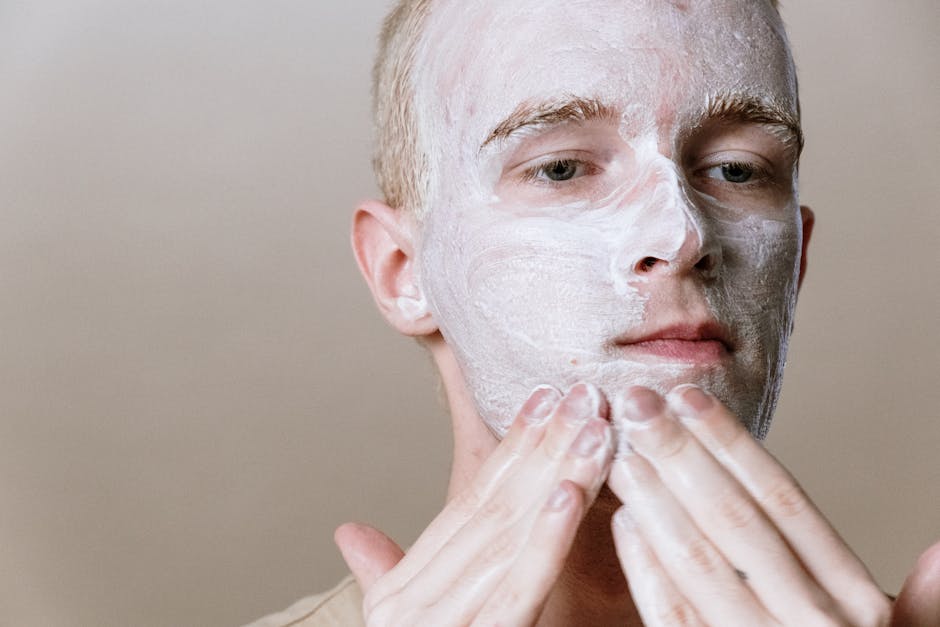What causes acne scarring?
Acne scarring is a result of inflamed acne lesions, which can damage the skin tissue. When the skin tries to heal itself after a breakout, it can create scars. Additionally, picking or squeezing pimples can worsen scarring. Lack of proper skin care during and after acne breakouts can also contribute to scarring.
Common types of acne scars
Acne scars can come in various forms, with the most common types being ice pick, boxcar, rolling, keloid, and hypertrophic scars. Ice pick scars are deep and narrow, boxcar scars have well-defined edges, rolling scars create a wave-like appearance on the skin, keloid scars are raised and grow beyond the original acne spot, while hypertrophic scars are also raised but stay within the boundaries of the original wound. Each type requires specific treatments tailored to its unique characteristics.
Importance of seeking aesthetic expert advice
Seeking advice from aesthetic experts is crucial for finding the most effective solutions for acne scarring. Aesthetic experts have the knowledge and experience to recommend treatments tailored to your specific skin needs. Their guidance can help you avoid ineffective or harmful products and procedures, saving you time, money, and potential skin damage in the long run.
Top 5 recommended acne scarring solutions
Aesthetic experts often recommend microneedling, as it helps to improve acne scars by encouraging collagen production. Chemical peels are another popular choice, as they exfoliate the skin and can reduce the appearance of scars. Laser therapy is effective in treating acne scars by targeting the affected area with high-energy light. Dermal fillers can also help to smooth out pitted scars by adding volume to the skin. Platelet-rich plasma (PRP) therapy is a natural treatment that uses your own blood to stimulate the healing process and improve skin texture.
Chemical peels for acne scars
Chemical peels are a popular treatment option for reducing the appearance of acne scars. A chemical solution is applied to the skin, causing it to exfoliate and eventually peel off. This process helps to improve the texture and tone of the skin by promoting the growth of new, smoother skin. Chemical peels can vary in strength, with superficial peels requiring little to no downtime and deeper peels leading to more significant peeling and recovery time. Some benefits of chemical peels for acne scars include reduction in hyperpigmentation, smoother skin texture, and stimulation of collagen production for improved skin elasticity.
Microneedling as an effective treatment
Microneedling is a popular treatment for acne scars that involves using tiny needles to stimulate collagen production in the skin. This helps improve the appearance of acne scars by promoting skin regeneration and reducing their visibility. According to aesthetic experts, microneedling is an effective solution for acne scarring as it can help diminish the depth and severity of scars over multiple sessions.
Laser therapy for acne scar reduction
Laser therapy is a popular treatment for reducing acne scars. It works by stimulating the skin’s natural healing response, which can improve the appearance of scars over time. According to experts, laser therapy can be an effective way to minimize the visibility of acne scars, leading to smoother and clearer skin. Laser treatments are typically safe, but it’s important to consult with a dermatologist to determine the best type of laser therapy for your specific acne scars. Common types of laser therapy for acne scarring include Fraxel, PicoSure, and CO2 lasers.
Dermal fillers to improve acne scarring
Dermal fillers are a popular option to improve the appearance of acne scars. Aesthetic experts often recommend dermal fillers for their ability to plump up the skin and reduce the visibility of scars. This procedure involves injecting fillers into the skin to smoothen out depressions caused by acne scars. Results of this treatment are temporary and may last between six months to a year, depending on the type of filler used. Dermal fillers can help to improve the texture and overall look of the skin affected by acne scars.
How to choose the right treatment for your skin
Aesthetic experts recommend considering factors like the severity of your acne scars, your skin type, and your budget when choosing the right treatment. Here are some tips to guide you:
-
Consult a dermatologist: Seek professional advice to determine the best treatment for your specific skin type and condition.
-
Consider the options: Understand the different treatments available, such as laser therapy, dermabrasion, chemical peels, microneedling, and fillers.
-
Evaluate the effectiveness: Research and inquire about the success rates of each treatment option in improving acne scars.
-
Assess the costs: Compare the expenses associated with each treatment and choose one that fits your budget.
-
Be patient and consistent: Remember that some treatments may require multiple sessions for optimal results, so patience and adherence to the treatment plan are essential.
Expert tips for managing acne scarring
Aesthetic experts recommend several methods to manage acne scarring:
1. Microneedling: A procedure that involves tiny needles to stimulate collagen production and improve skin texture.
2. Chemical Peels: These use acids to remove the top layer of your skin, revealing fresh skin underneath.
3. Laser Therapy: Laser treatments target scars and promote skin regeneration.
4. Dermabrasion: A technique that exfoliates the skin to reduce the appearance of scars.
5. Filler Injections: Fillers can help fill in pitted acne scars for a smoother skin texture.


